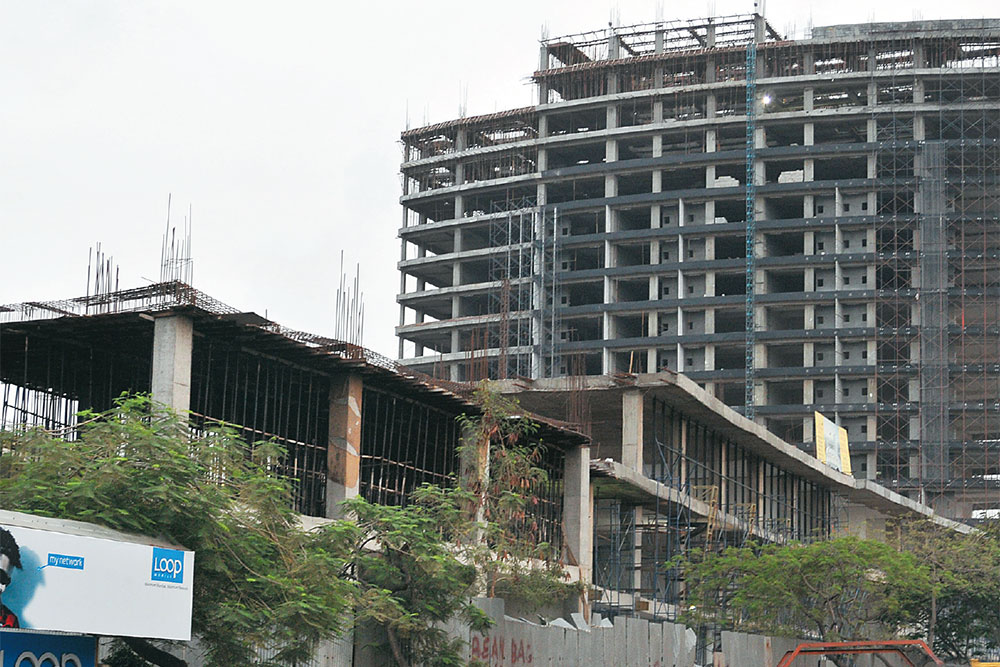Till just about a year ago, cities such as Jaipur and Ahmedabad were building a reputation not just as must-see destinations for tourists but also as business hubs for large companies. These secondary cities, along with others like Bhubaneswar and Chandigarh, were the toast of IT, ITeS and financial services companies as they expanded back-end operations here to take advantage of lower rentals and a more affordable local workforce.
It seems to have been a shortlived trend, though. Rising real estate prices in these smaller cities and an uncertain macro-economic environment have once again rendered them less attractive for such companies. According to the recently released Demand Analysis and Real Estate Trends (DART) report on office space occupancy by real estate consultancy DTZ India, only 27% of the companies polled had plans to go to secondary cities in 2013, down from 35% in 2012.
Much of the rush to tier 2 cities was driven by demand-supply issues. Ramesh Nair, MD (west) at Jones Lang LaSalle India, says between 2005 and 2007, many companies began to set up shop in smaller towns because there wasn’t enough supply in the metros.
Things have changed quite a bit now, as office space rentals in tier 2 cities have risen and, in some cases, are comparable to peripheral locations of metro cities. Capital value per sq ft of office space in Pune is around ₹4,500, which is nearly as high as Noida, where prices are in the ₹5,000-6,000 range. “Companies would rather be in Noida than in Jaipur, which has almost the same office rentals,” adds Rohit Kumar, head of research, DTZ India.
There are other problems that come with moving to a secondary city. Ravi Ahuja, executive director, Cushman and Wakefield India, notes, “Nearly 80% of people who apply for jobs there are not employable; so, even though the wage cost may be lower, getting the right people becomes a problem.”
Infrastructure, too, hasn’t kept pace with demand. Reeling under the pressures of rapid growth, the quality and delivery of public utilities in these cities leaves much to be desired. “There are five-hour power cuts in many places. And when you are on the outskirts of a city, transportation costs go up as you have to provide transport for your employees,” Ahuja adds.
But as with most trends, this one too is likely to make a comeback when the economy revs up. Right now, says Kumar, “those from the IT, BFSI and telecom sectors have been hit hard. We have seen that companies such as Infosys, Cognizant and TCS have pared down their forecasts and cut back manpower intake.” That will change along with the economic climate. “Things will look up after the second quarter of this year. Demand will be renewed for office space and when stock in tier 1 cities gets exhausted, focus will shift to tier 2 cities,” he concludes. And once again, tourists won’t be the only ones flocking to these cities.











